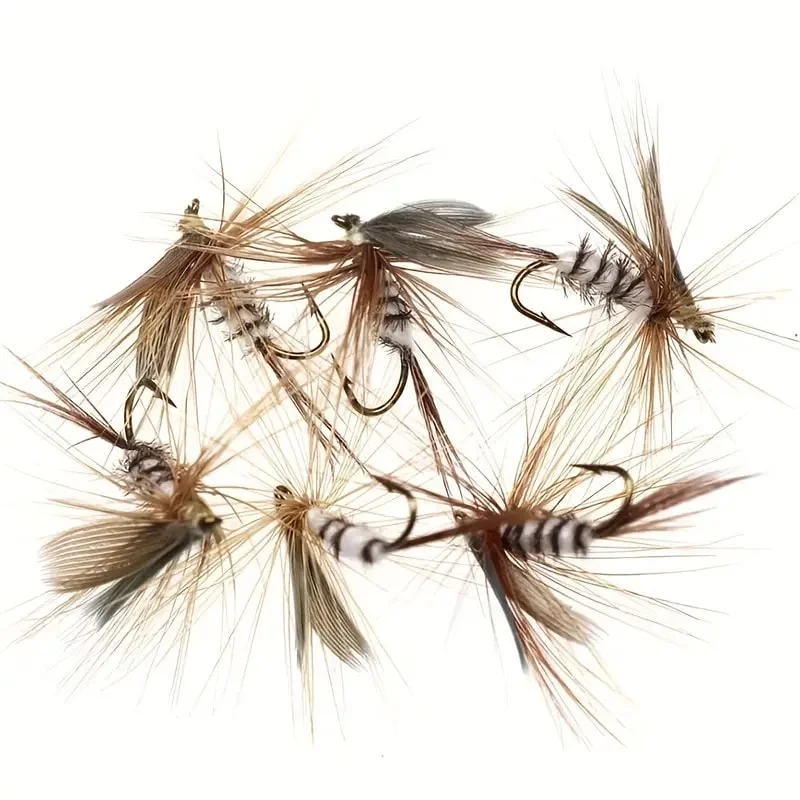Fly fishing is a captivating and artistic form of angling that requires skill, finesse, and a deep understanding of the water and its inhabitants. From the graceful cast to the precise presentation of the fly, mastering fly fishing techniques is an ongoing journey that promises both challenge and reward. In this blog post, we will explore the essential techniques every fly angler should strive to master, from casting fundamentals to the art of presenting the fly.
- Understanding the Basics of Fly Casting:
Before embarking on your fly fishing journey, it’s crucial to grasp the fundamental principles of fly casting. Discuss the importance of proper grip, stance, and body positioning. Explain the different components of a fly rod and how they contribute to the casting process. Break down the basic casting motion, including the backcast and forward cast, and offer tips to improve accuracy and distance.
- Perfecting the Fly Line Control:
Fly line control is the key to successful fly fishing. Explore the importance of line management and how it affects the presentation of the fly. Discuss techniques such as mending, line feeding, and line manipulation to achieve natural drifts and avoid drag. Offer advice on reading water currents and adjusting line control accordingly.
- Matching the Hatch:
One of the core principles of fly fishing is presenting the fly that matches the insects or baitfish in the water. Explain the concept of “matching the hatch” and how it impacts fly selection. Discuss the importance of understanding aquatic insects, their life cycles, and the different stages they go through. Provide insights on fly patterns, sizes, and colors that imitate specific insects and baitfish.
- Mastering Different Casting Techniques:
Fly fishing situations often require adapting to different casting techniques. Explore various casting techniques such as roll casting, reach casting, and tuck casting. Explain when and how to use these techniques effectively, highlighting their advantages in different fishing scenarios. Offer tips to improve accuracy and presentation using these specialized casts.
- Fine-tuning the Presentation:
The way the fly lands on the water and behaves is crucial for enticing fish. Discuss the art of presentation and how to achieve a natural drift. Cover topics such as casting angles, line mending, and line control to create drag-free presentations. Emphasize the importance of observation and adjusting techniques based on fish behavior and feeding patterns.
- Nymphing Techniques for Subsurface Fishing:
Nymphing is a productive technique for targeting fish feeding below the water’s surface. Discuss the essentials of nymph fishing, including equipment selection, rigging, and fly selection. Explain different nymphing techniques such as high-sticking, indicator nymphing, and Euro-nymphing. Provide tips on detecting strikes and effectively setting the hook.
- Dry Fly Techniques for Surface Fishing:
There’s nothing quite like the thrill of watching a fish rise to take a dry fly from the surface. Explore the art of dry fly fishing, including fly selection, presentation techniques, and reading rising fish. Discuss topics such as casting accuracy, matching the hatch, and achieving a drag-free drift to fool selective trout and other species.
Mastering fly fishing techniques is a continuous journey that requires practice, observation, and a deep appreciation for the intricacies of the sport. By understanding the basics of casting, perfecting line control, and honing your presentation skills, you’ll increase your chances of success on the water. Remember, each day spent fly fishing is an opportunity to learn and grow as an angler, and the rewards extend far beyond the fish you catch. So grab your fly rod, embrace the challenges, and immerse yourself in the artistry of fly fishing.

Comments are closed